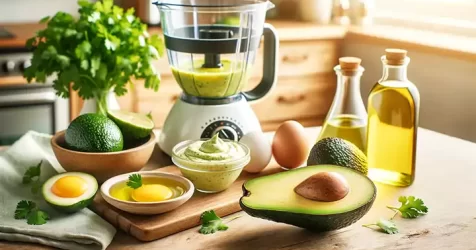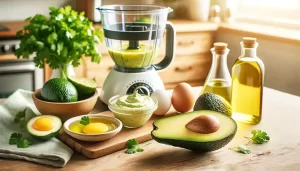Homemade Cheese 10 Times Cheaper Than Store-Bought
Making cheese at home can be a rewarding experience, not just for the taste but also for the cost savings. Store-bought cheese can be expensive, and making your own can significantly cut down on your grocery bills. Here’s how you can make delicious, cost-effective cheese at home, with a focus on a simple, beginner-friendly recipe: homemade paneer, a versatile Indian cheese.
1. Understanding the Cost Benefits
Details:
- Bulk Buying: Buying milk in bulk for homemade cheese is often cheaper than purchasing equivalent amounts of store-bought cheese.
- No Hidden Costs: Homemade cheese doesn’t come with packaging, branding, or transportation costs.
- Quality Control: You control the quality of the ingredients, which can be more cost-effective and healthier.
2. Gathering Your Ingredients and Tools
Details:
- Ingredients: All you need is whole milk and a form of acid (lemon juice or vinegar).
- Tools: You’ll need a large pot, a stirring spoon, a colander, and cheesecloth.
3. Making Homemade Paneer
Details:
- Heat the Milk: Pour your milk into the pot and heat it over medium flame. Stir occasionally to prevent burning.
- Add the Acid: Once the milk comes to a boil, add the lemon juice or vinegar and stir. The milk will curdle, separating into curds and whey.
- Strain the Curds: Line the colander with cheesecloth and pour in the mixture to separate the curds from the whey.
- Press the Cheese: Gather the corners of the cheesecloth and rinse the curds under cold water to remove any lingering acidity. Press the curds under a heavy weight for 1-2 hours to form a firm block of cheese.
4. Cost Comparison
Details:
- Milk Costs: Calculate the cost of the milk used in making the cheese.
- Yield: Measure the weight of the homemade cheese.
- Price Per Pound: Divide the total cost by the yield to get the price per pound and compare it with store-bought cheese.
5. Benefits Beyond Savings
Details:
- No Preservatives: Homemade cheese contains no preservatives or artificial ingredients.
- Customization: You can add herbs, spices, or other flavors to customize your cheese.
- Zero Waste: Making cheese at home produces whey, a nutritious byproduct that can be used in baking, smoothies, or as a protein-rich drink.
6. Storage and Shelf Life
Details:
- Refrigeration: Store the cheese in an airtight container in the refrigerator.
- Shelf Life: Homemade cheese generally has a shorter shelf life than store-bought varieties, so it’s best consumed within a week.



















